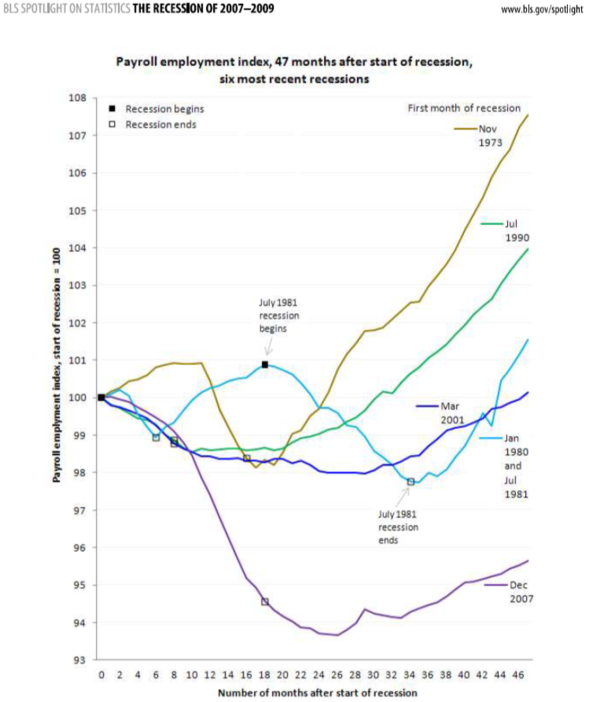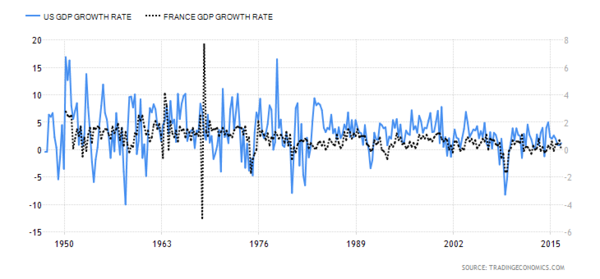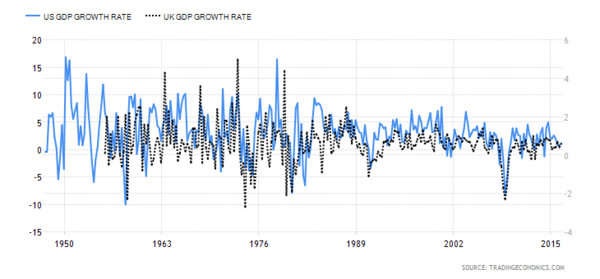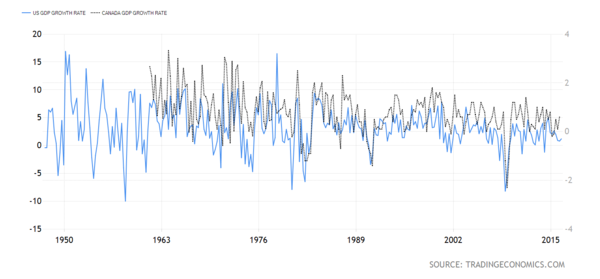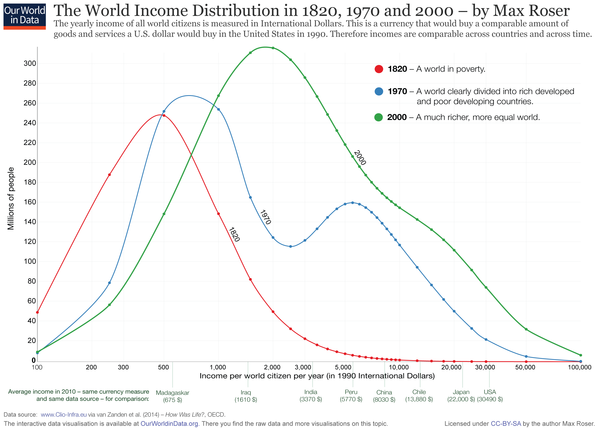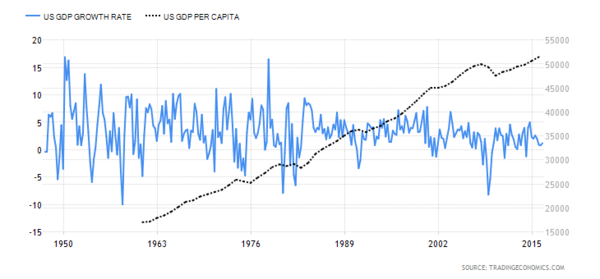What’s the Real State of the American Economy in 2016?
Photo courtesy of Getty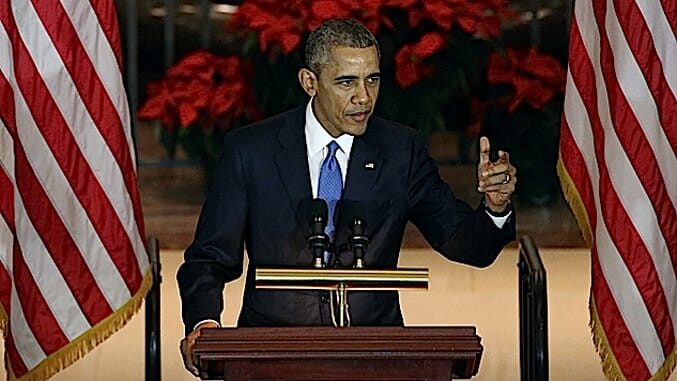
Is the economy in good shape?
Nearly every election revolves around that loaded question, as American politics projects a fraudulent image of the captain of the public sector as someone in complete control of the private sector. The central job of the President is foreign policy, as Bruce Blair, a Princeton University scholar on global security, recently explained:
[If the president] “gave the command [to launch nuclear weapons], his executing commanders would have no legal or procedural grounds to defy it no matter how inappropriate it might seem.”
Donald Trump has reminded all of us that more is at stake this year than just the usual haggling over percentage points on the GDP between Team D and Team R. The outsized importance our financially compromised political parties place on the importance of taxes relative to their influence on the economy is downright laughable, as Mark Cuban clarified on his blog in 2011:
Companies hire because they need people to compete and keep customers happy, not because of lower tax rates. The same principle applies to hiring. It is incredibly expensive to hire people. You hire people because you need them. You don’t hire them because your taxes are lower. You don’t hire them because you just repatriated cash from a foreign country. You hire them because you have a specific need for them. They are going to help you become more profitable, more productive, more competitive, whatever the reason. No one hires people simply because they have some more cash in the bank… Bottom line is that while CEOs of public companies and financial engineers have good reasons to ask for lower taxes, I don’t see lower taxes creating jobs.
Returning to the loaded question to begin this piece – let’s travel exactly 8 years back in time. Sarah Palin was rootin and tootin and hollerin and hootin all over “Real America,” and actual America began to think that the GOP might be losing its damn mind. The stirring rhetoric of one of the most centrist Democrats of my lifetime inspired a generation of progressives to convince themselves that this was their McDreamy. Meanwhile, the economy was making it look like Lindsay Lohan had her shit together by comparison. It is genuinely infuriating to see so many take for granted how close we were to the edge of oblivion. As Henry Paulson, Treasury Secretary at the time told CNBC:
“This was a massive credit bubble that burst and I just think this was a major dislocation. We’re fortunate to be where we are right now…This was a 100-year storm. These excesses had been building for years and years.”
Even getting a cursory understanding of the economy is difficult, but Ray Dalio gave one of the best explanations you will ever see in his video How the Economy Works. If you have a half hour to kill, that description of how cash and credit create a money orgy to fuel our economy is one of the simplest explanations of the most complex and interconnected entity the world has ever known.
The nature of a capitalist economy runs in cycles, more commonly known as boom and bust. The economy accelerates, confidence grows, and people borrow more money to put into other people’s pockets: my spending is your income. Debt payments inevitably come due, and begin to strip the gains down brick by brick, ultimately reaching a critical mass that results in a collapse of confidence and lending, leading to less fuel for the economic engine. The low point in this cycle is the main reason why the Federal Reserve exists, as it serves as the lender of last resort – stepping in when the private sector is too weak to carry the tremendous weight that our economy brings. The economy actually moves along two concurrent cycles – short and long. Short cycles bring recessions, and long ones bring depressions. As Hank Paulson said, this was a one-hundred-year storm. We were due, and the additional excesses and greed foisted on the economy by a generation of Gordon Gekko wannabes resulted in an explosion of titanic proportions.
The economy shrank four quarters in a row, with two contracting more than 5%. Q4 2008 fell 8.effing2% – more than any other recession since the Great Depression. Unemployment rose above 12% in California and hit 15% in Nevada. From October 2008 to March 2009, we lost an average of 712,000 jobs per month. Between January 2008 and February 2010, employment fell by 8.8 million—the largest absolute decline since the Bureau of Labor Statistics began their CES survey of the economy in 1939. The previous record was 4.3 million net jobs lost from November 1944 to September 1945, and unlike the recessions of the last 40 years, those jobs did not come back quickly.
-

-

-

-

-

-

-

-

-

-

-

-

-

-

-

-

-

-

-

-

-

-

-

-

-

-

-

-

-

-

-

-

-

-

-

-

-

-

-

-

